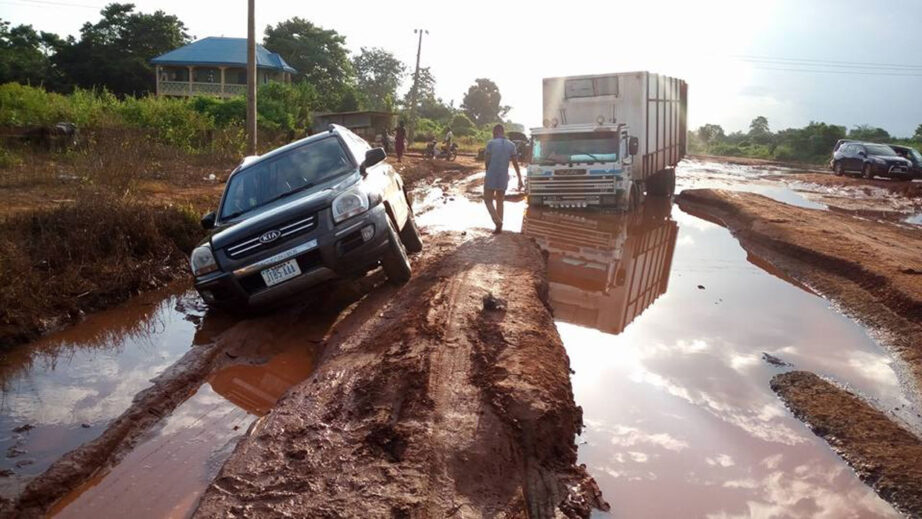My various professional engineering Site inspection reveals that most existing bridges, built in the seventies and early eighties have no scheduled maintenance, conspicuous damages, e.g. expansion/construction joints; washouts and scoring are prevalent. Emphasis therefore needs to be placed on rechecking their condition and also carrying out necessary rehabilitation. It is recommended that the Bridge Maintenance Unit (BMU) be revitalized, and in the light of dwindling resources, at least, some repair works be carried out by Direct Labour.
There is need for reforms in the planning and design of roads and bridges, particularly, post design consultancy. There is need for the responsible division to be re-organised to make it more responsive to modern design methods by the introduction of computer aided design and software, to be used by an in-house road design team to rate and evaluate all engineering design submissions. It is recommended that the pavement specification for primary and secondary roads will be established using traffic analysis, economic and financial needs and other considerations as criteria for development or rehabilitation of roads projects. The present practice is wasteful, where uniform specification is being used for all types of roads.
One of the major challenges of roads infrastructure, apart from inadequate funding, is overloading. The recently proposed Federal Ministry of Work’s initiative of building weigh bridges to control overloading is a welcome development. It is recommended that the use of concessions be employed to make Weighbridges more effective. It is recommended that a system to be explored should include privitisation of the weighbridges where fines will form part of the fees for the private operator whose activities will be properly monitored. Also weighbridges should be located at the source of the freight i.e. Ports, factories etc. Extensive use of mobile weighbridges by private operators is also recommended, since most premature failure of roads in the country is traceable to overloading especially by freight trucks.
Retrieval and collection of information for the appraisal of this road project was a herculean task, particularly the inefficient bureaucracy; therefore, it is recommended that the existing Management Information System be updated to enhance efficiency. Management Information System forms the backbone of the Highways Management Services. This will also ensure and enhance better interaction between the FMW and FERMA towards a more effective Federal Highway Maintenance policy and decision making. In addition, it will form a platform for Chief Highway Engineers in the States that undertake an assessment tour of roads in their respective area better collate information into a central database.
The concerned agency should provide MDAs with a number of valuable benefits in Bill of Engineering Measurement and Evaluation (BEME); for example, an electronic BEMEs online or offline for use by FMW staff and contractors during bidding and contract delivery. This will help to facilitate improvements in the estimating process of roads and bridge construction projects. The particular benefits will include BEME documentation management, accurate quantities, potential for electronic transfer and sharing of documents; reduced time scales; and competitive rates.
FMW does not adequately charge for road corridor advert permits, and the thousands of signage in the right-of-way of federal -controlled roads across the country needs a review, particularly for the benefit of the FMW and the signage provider. It should be proposed that the FMW develop a frame work for the for the Management of Federal Highways Road Reserve Including Signage, Outdoor Advertisement, Street Lights, Telecommunications Infrastructure and Other Facilities. Involvement of all stakeholders in the proper management of road reserves through regulatory control and administration has been found, in some countries, to provide the key to introducing effective and efficient road financing measures.
The statutory allocation for road development has been on the decrease following competing demands from other sectors. Most Engineers’ Representative on road projects visited claimed the major challenges facing their project and adversely affecting the pace of work is funding due to inadequate budgetary provisions. The proposed Subsidy Removal and the subsequent reinvestments into infrastructure developments will go a long way to alleviating, to some extent road and bridge development in the country.




